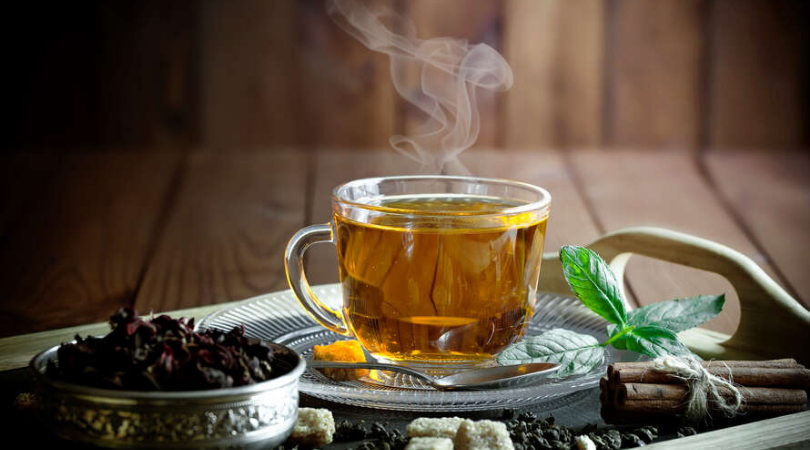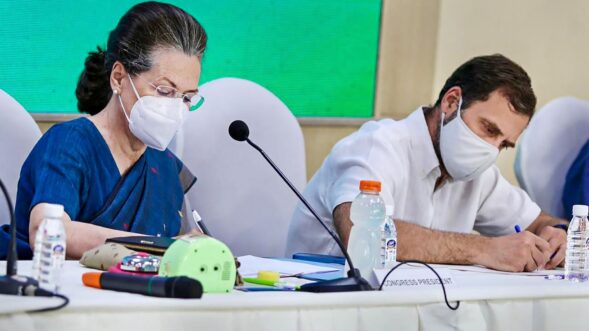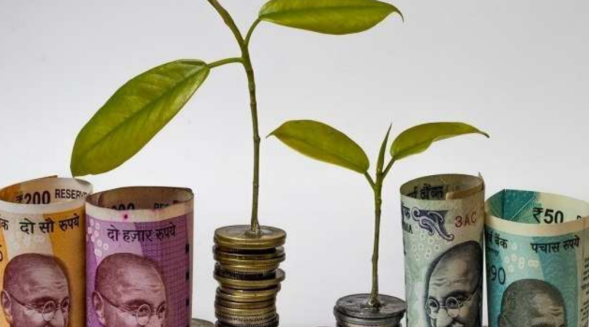
By the Editor
Tea may not be a nutritious drink but it acts as a stimulant due to rich content of the drug caffeine. India is the largest producer of tea in the world followed by Sri Lanka, China and Japan. Tea is grown throughout India but by far the most important areas are in the Himalayan foothills of Assam and Darjeeling of West Bengal. The higher the altitude the better is the quality of tea and it needs plenty of rain. By constant cutting the plant is maintained at a height of only 2-3 feet tall and if left unattended it can grow up to 20-30 feet high. To protect from the immense heat of the sun, especially during hot summer, young plants are shaded by planting trees at strategic locations. Great care of tea plants is needed and it takes at least three years to mature for plucking of tea leaves by experienced labourers mostly women without destroying any part of the plants. Usually during growing season plucking is done about every ten days depending on climate, height and age of tea bushes. In earlier years, tea plants were grown from seeds which was time-consuming but vegetative propagation from cuttings is nowadays favoured at distance of 3-5 feet apart. By means of science and technology, plucking and processing of tea leaves is done by mechanical methods which is much easier and productive.
There are different ways and manner in which people in various parts of the globe prepare their tea and drink it. Some people prefer plain tea and others add milk and sugar or lemon juice. In European countries, they may add liquor such as rum, whiskey, brandy, or cognac. Nowadays, besides tea there are also certain solid eatables like bread or biscuits with jam, butter, cheese, honey, etc, and becomes part of breakfast and high tea. Colonial rulers like the Dutch and British introduced tea into their respective countries and tea-drinking soon spread throughout Europe. By the 18th century, tea had become England’s national beverage and today Western Europe is one of the major tea-drinking areas in the world. Tea is also now grown in other parts of the globe like Indonesia, South Africa, Malawi, Uganda, Argentina, Brazil and Peru.
Tea plantation is labour-intensive and most of the labourers in Assam belong to the Scheduled Tribe communities of Central India who were brought by British planters since earliest years. Due to exploitation and lack of proper schooling opportunities they remained poor and backward all these years though after independence some improvements were made and a few leaders emerged who took initiatives in uplifting their people. Recently, Assam Chief Minister Hemanta Biswa Sarma at a function held in Sonitpur district on May 25 dedicated 96 newly constructed model high schools in tea garden areas with each school having eight faculty members. These institutions are part of Assam government’s decision to set up 119 model high schools in tea garden areas and will be upgraded into higher secondary schools from next academic session. Besides financial assistance to schools, students will be entitled to free text books, midday meals and uniforms.





